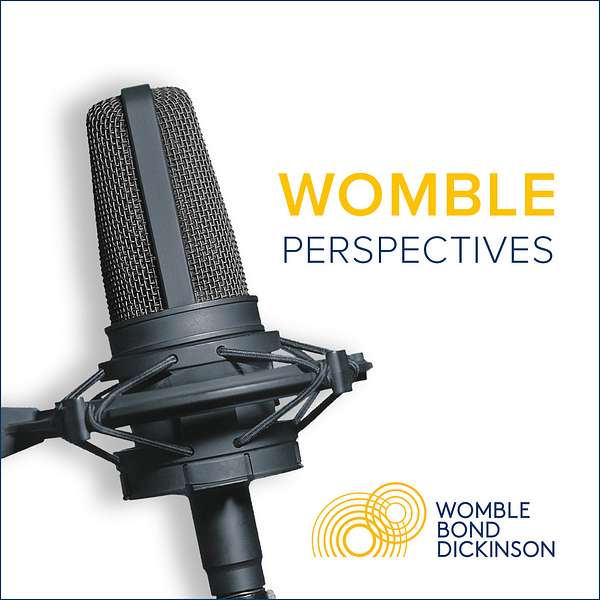
Womble Perspectives
Welcome to Womble Perspectives, where we explore a wide range of topics from the latest legal updates to industry trends to the business of law. Our team of lawyers, professionals and occasional outside guests will take you through the most pressing issues facing businesses today and provide practical and actionable advice to help you navigate the ever-changing legal landscape. With a focus on innovation, collaboration and client service, we are committed to delivering exceptional value to our clients and to the communities we serve.
Womble Perspectives
A Battle Behind the Screens: Pokémon vs. Palworld
Today, we’re diving into an international legal battle that’s been making its way through the gaming world: a patent dispute between Nintendo and the creators of Palworld.
Read the full article
About the authors
Welcome to Womble Perspectives, where we explore a wide range of topics, from the latest legal updates to industry trends to the business of law. Our team of lawyers, professionals and occasional outside guests will take you through the most pressing issues facing businesses today and provide practical and actionable advice to help you navigate the ever changing legal landscape.
With a focus on innovation, collaboration and client service. We are committed to delivering exceptional value to our clients and to the communities we serve. And now our latest episode.
Welcome back to Womble Perspectives. Today, we’re diving into an international legal battle that’s been making its way through the gaming world: a patent dispute between Nintendo and the creators of Palworld.
In September 2024, Nintendo and The Pokémon Company filed a lawsuit in Japan against Pocketpair, the developer behind Palworld. The claim? That Palworld infringes on three Japanese patents tied to core Pokémon gameplay mechanics. Mechanics that have helped Pokémon become the highest-grossing media franchise in history, with a staggering $147 billion in lifetime revenue.
But this isn’t just a local skirmish. Nintendo is playing a global game. To strengthen its position in the U.S., it fast-tracked four new patents, all mirroring the disputed Japanese ones. These patents fall into two categories: “catch” and “ride.”
Let’s break that down.
The “catch” patents[KD1] cover the mechanics of catching creatures and deploying them in battle. Think aiming a Poké Ball, selecting the type, throwing it, and watching the creature get caught and then used in combat.
The “ride” patents focus on switching between rideable characters, like flying on one Pokémon and riding another.
Now, here’s where things get interesting. In March 2025, Nintendo released a trailer for Pokémon Legends Z-A, showcasing new catch mechanics that require players to aim and throw — a shift from previous gameplay. Palworld, meanwhile, features similar mechanics: aiming, throwing, and capturing creatures. And the visual similarities are striking.
But does similarity equal infringement?
Not necessarily. U.S. courts require a detailed claim-by-claim analysis. Every element of a patent claim must be found in the accused product — either literally or through equivalents. For example, one claim outlines a method for catching and battling creatures, step by step. If Palworld’s gameplay matches each of those steps, Nintendo may have a case.
Pocketpair isn’t without options. They could challenge the validity of Nintendo’s patents through U.S. Patent Office proceedings like Inter Partes Review or Post Grant Review. But timing is critical — some deadlines are just nine months from patent issuance.
Nintendo, on the other hand, is keeping its options open. By filing continuation applications, it maintains pending patents that could be used in future litigation, adding uncertainty for Pocketpair and complicating any attempt to design around the patents.
And while the battle is currently in Japan, the U.S. may soon become a second front. With both companies based in Japan, the primary action may stay overseas, but the implications for global IP strategy are huge.
This case is a prime example of how litigation and patent prosecution can work hand-in-hand. For game developers, IP attorneys, and anyone interested in video game law, it’s a story worth watching.
Thanks for tuning in to Womble Perspectives. If you enjoyed this episode, be sure to subscribe and share.
Thank you for listening to Womble Perspectives. If you want to learn more about the topics discussed in this episode, please visit The Show Notes, where you can find links to related resources mentioned today. The Show Notes also have more information about our attorneys who provided today's insights, including ways to reach out to them.
Don't forget to subscribe via your podcast player of choice so that you never miss an episode. Thank you again for listening.